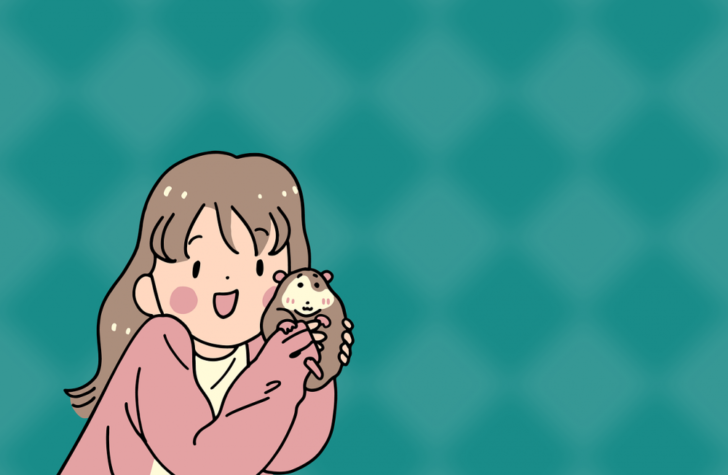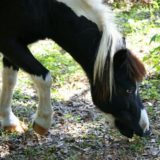Hamster godis – En komplett översikt över sortimentet, mångfalden och historien bakom

Introduction
Hamsters are adorable and playful pets that bring joy into our lives. Just like any other animal, they deserve to be treated with care and love. One way to show our affections is by providing them with suitable treats, commonly known as hamster godis in Swedish. In this comprehensive article, we will explore the world of hamster godis, its types, popular options, quantitative measurements, differences, as well as a historical overview of the pros and cons of different hamster treats. Let’s delve into this fascinating topic and discover how to pamper our furry friends!
1. A thorough overview of hamster godis

Hamster godis encompasses a wide range of treats designed specifically for hamsters’ taste buds and nutritional needs. These goodies come in various forms, including seeds, pellets, chewable sticks, biscuits, and even fresh fruits and vegetables. The ultimate goal of hamster godis is not only to provide a flavorful experience for our pets but also to ensure they receive the necessary nutrients for a healthy lifestyle.
2. Extensive presentation of hamster godis types
a) Seed-based treats: These treats often consist of a mixture of seeds, nuts, and grains, offering a crunchy and appetizing texture for hamsters. Popular options include sunflower seeds, pumpkin seeds, and millets.
b) Pellet treats: Pellet treats are typically pressed food that is nutritionally balanced and fortified with essential vitamins and minerals. They are easy to digest and provide a well-rounded diet for hamsters.
c) Chewable sticks: These treats focus on hamsters’ natural instinct to chew. Hamsters love gnawing on wooden sticks, which not only provides dental benefits but also keeps them mentally stimulated.
d) Biscuits and baked goodies: Just like us, hamsters also enjoy the occasional biscuit or baked treat. These treats often contain ingredients such as oats, fruits, and vegetables, making them a tasty and wholesome option.
e) Fresh fruits and vegetables: While not strictly considered ”hamster treats,” fresh fruits and vegetables can be incorporated into a hamster’s diet in moderation. Options such as apples, carrots, and cucumbers offer both nutritional benefits and a refreshing snack.
3. Quantitative measurements of hamster godis
When it comes to hamster godis, it’s crucial to strike the right balance. Quantitative measurements help ensure that we don’t overindulge our pets, leading to potential health issues. The recommended serving size varies depending on the type of hamster treat. As a general guideline, 1-2 tablespoons of seed-based treats per day, a small pellet serving, or a chewable stick every couple of days is appropriate. Fresh fruits and vegetables should constitute no more than 10% of their total food intake.
4. Discussing the differences between hamster godis
Each type of hamster godis has its own unique qualities, and understanding these differences will help us make informed decisions about what to feed our pets. Seed-based treats offer variety and can be easily customized depending on the hamster’s preferences. Pellet treats ensure a balanced diet, but some hamsters may find them less exciting. Chewable sticks provide dental benefits, while biscuits and baked treats offer a combination of taste and nutrition. Fresh fruits and vegetables provide a fresh and healthy alternative, but the sugar content should be monitored.
5. Historical overview of the pros and cons of hamster godis
Over the years, hamster godis has evolved, with advancements in both taste and nutrition. Initially, treats were primarily seed-based, lacking the necessary nutritional balance. However, with growing awareness about hamster care, pellet treats emerged to provide a comprehensive diet. Chewable sticks gained popularity due to their dental benefits, while biscuits and baked treats offered a wider range of flavors. The inclusion of fresh fruits and vegetables expanded the options and provided additional health benefits. Nevertheless, it’s essential to monitor the sugar content in these treats to avoid potential health risks.
Conclusion
Hamster godis plays a crucial role in the overall well-being of our hamster friends. By understanding the different types, quantitative measurements, and historical developments, we can make informed decisions about treating our pets. Remember, moderation is key, and offering a diverse range of treats will keep your hamster happy and healthy. So go ahead, spoil your furry friend with their favorite hamster godis, and watch them indulge in a heavenly treat!
() Hamster Godis – A Complete Overview of Variety, Nutritional Balance, and Historical Perspective
(H2) 1. Introduction
(H2) 2. A Thorough Overview of Hamster Godis
(H2) 3. Extensive Presentation of Hamster Godis Types
(H2) 4. Quantitative Measurements of Hamster Godis
(H2) 5. Discussing the Differences between Hamster Godis
(H2) 6. Historical Overview of the Pros and Cons of Hamster Godis
(H2) Conclusion
References:
– Insert relevant references or sources used in the article here.

















